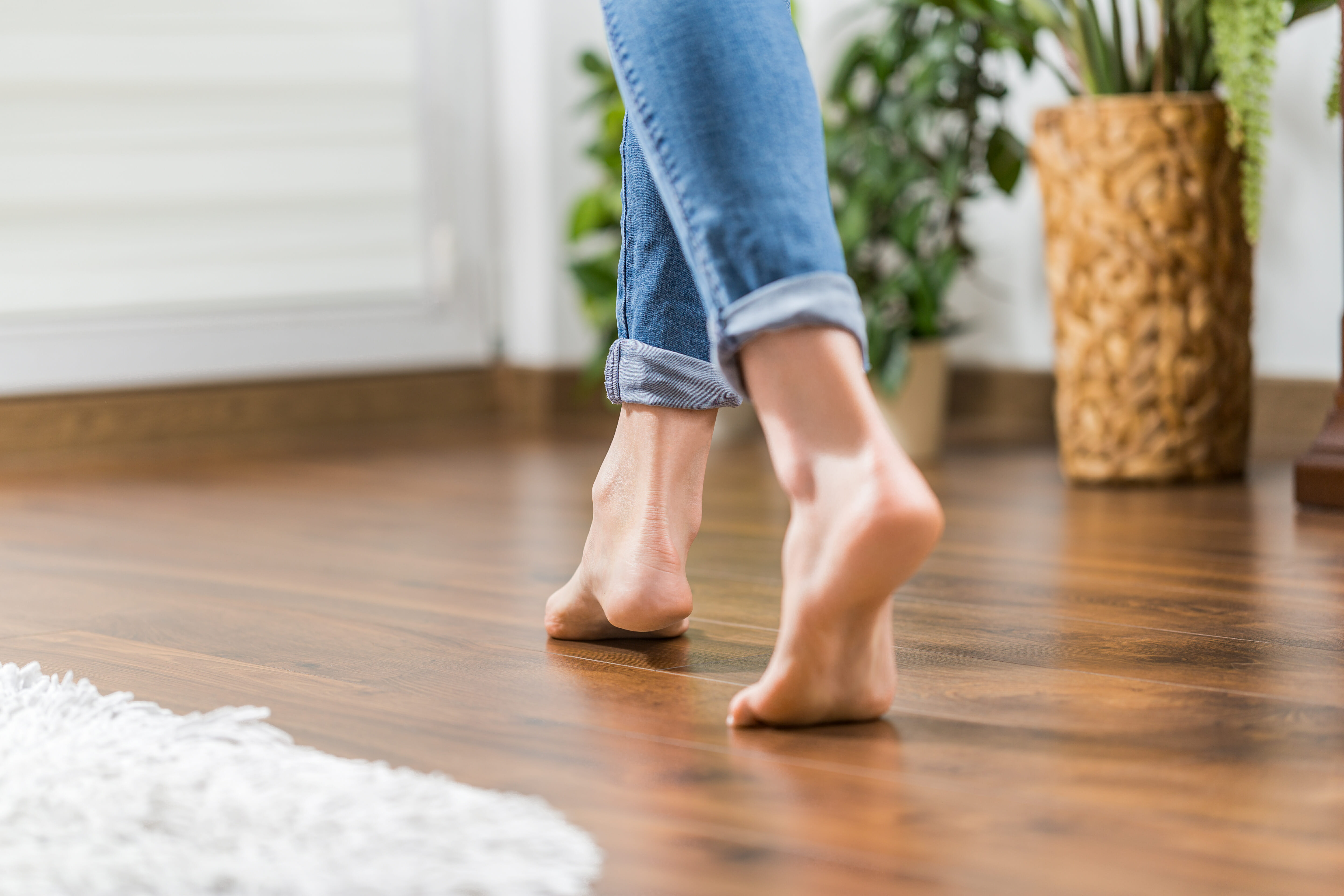
- FLOOR CREAKS PATCH
- FLOOR CREAKS CODE
One way you can help protect the floors in your new home is to use a humidifier in the winter and a dehumidifier in the summer. Use a glued-and-nailed floor system, with construction adhesive selected and installed per manufacturer’s instructions.Use correct nail sizes and spacing and ensure nails penetrate the floor joists.Space subfloor panels with a one-eighth-inch gap.
FLOOR CREAKS CODE
Ensure that joists are sized and spaced to meet or exceed code requirements and that subfloor panels are adequate for applied loads. In addition, Wells suggests asking your builder to follow these guidelines to prevent floor squeaks: Guidelines to Prevent Floor SqueaksĪsk your builder what framing solutions are right for your new home. If you’re interested, you can learn more about TJIs for homeowners here. “TJI joists are dimensionally stable, which helps them resist the warping, twisting and shrinking that can lead to squeaky floors.” “Trus Joist TJI joist floors aren’t just built, they’re engineered for strength and consistency,” says Greg Wells, marketing manager for Trus Joist products. By making framing material even stronger and consistently straight, engineered wood joists greatly minimize squeaky floors and reduce the feel of bouncy floors. Their Trus Joist brand of engineered wood joist, known as TJIs, helps builders frame a home with strength and stability. A leader in the industry, Weyerhaeuser, has the largest share of market. Made of engineered wood, I-beams or joists are available from several suppliers. Miller says advanced construction technology has allowed builders to use I-beams in subflooring that are much more stable and sound than their predecessors. Squeaky floors often start below the surface, at the joist and subfloor level, where expansion and contraction can lead to nail pops that may then lead to shifting and bumps on the finished floor above. That’s what happens to wood when it gets wet.” Preventing Squeaky Floors in New Homes “A sponge is similar to a piece of wood – when a sponge gets wet, it swells and gets bigger. Miller likens the process to a wet sponge. When there are gaps, nails come loose and there’s space for wood to move when you step on it, all of which results in squeaky floors. Over time, wood expands and contracts, causing gaps in flooring. 
Seasonal moisture fluctuations also contribute to squeaks. “Squeaks can also be caused by improper joist spacing, though with new construction, this is not as much as a problem.” “There could be movement of the wood flooring system or the underfloor supports,” he says. There are lots of potential causes for squeaky floors, says Brett Miller, director of certification and education for the National Wood Flooring Association in Denver, Colo. It’s important to understand why squeaks happen in the first place. And there are steps that can be taken during construction of your new home to help prevent squeaky floors before they occur. There are ways to lessen the squeak in older homes – but not always eliminate it. “Ripping out the entire second floor is not in the budget,” Veffer says, “so we will have to put up with the squeaks.”Ī noisy floor can be extremely annoying.
FLOOR CREAKS PATCH
A year after moving in, the architect in Ontario, Canada, pulled out the carpet to find a botched patch job in the wood and very squeaky floors. When Jeffrey Veffer moved into his 80-year-old house, he thought he was prepared for any of the challenges that came with it.





 0 kommentar(er)
0 kommentar(er)
